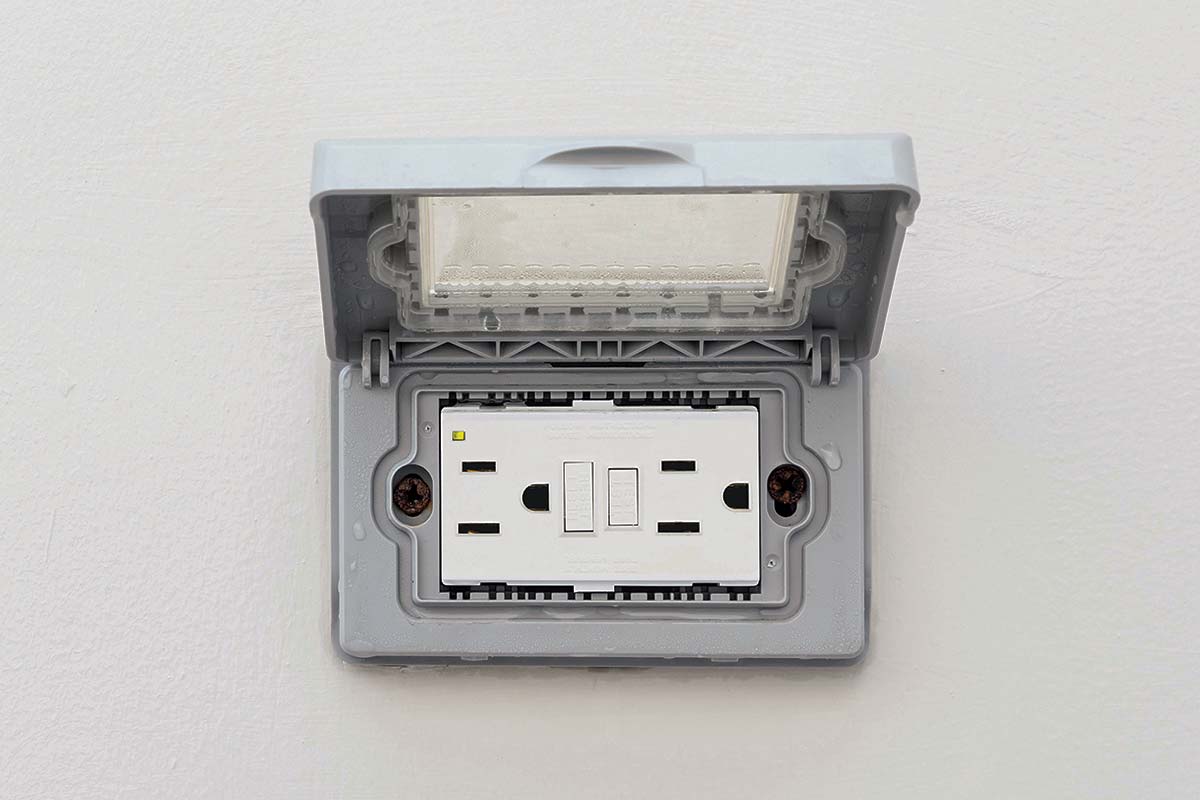Flipping a light switch. Plugging in a coffee maker. Charging a laptop. These are second nature for most of us.
However, we need to be cautious and keep safety in mind—making precautions as natural as using electricity.
These tips are a good place to start developing second-nature safety steps.
Have electrical work done by a qualified electrician.
When buying a home, have it inspected by a qualified private inspector or in accordance with local requirements.
Have only one heat-producing appliance (such as a coffee maker, toaster, space heater, etc.) plugged into a receptacle outlet at a time.
Major appliances (refrigerators, dryers, washers, stoves, air conditioners, microwave ovens, etc.) should be plugged directly into a wall receptacle outlet. Extension cords and power strips should not be used.
Consider having arc-fault circuit interrupters installed in your home. These devices shut off electricity when dangerous conditions occur.
Use ground-fault circuit interrupters to reduce the risk of shock. GFCIs shut off an electrical circuit when it becomes a shock hazard. They should be installed inside the home in bathrooms, kitchens and garages. Outdoor receptacles should be protected by GFCIs.
Test AFCIs and GFCIs once a month according to the manufacturer’s recommendations.
Don’t think you need a flame to start a fire. Fires can start when heat builds up near things that burn. This can happen when a hot light bulb is near cloth or paper or when a cord has been placed under a rug.
Check electrical cords to make sure they’re not running across doorways or under carpets. Extension cords are intended for temporary use. Have a qualified electrician add more receptacle outlets so you don’t have to use extension cords.
Use a light bulb with the correct number of watts. Lighting fixtures and lamps should have a sticker that indicates the right number of watts. Use an LED bulb if you can, which puts out less heat.
Call a qualified electrician or your landlord if you have:
- Frequent problems with blowing fuses or tripping breakers.
- A tingling feeling when you touch an electrical appliance.
- Discolored or warm wall outlets.
- A burning or rubbery smell coming from an appliance.
- Flickering or dimming lights.
- Sparks coming from an outlet.


